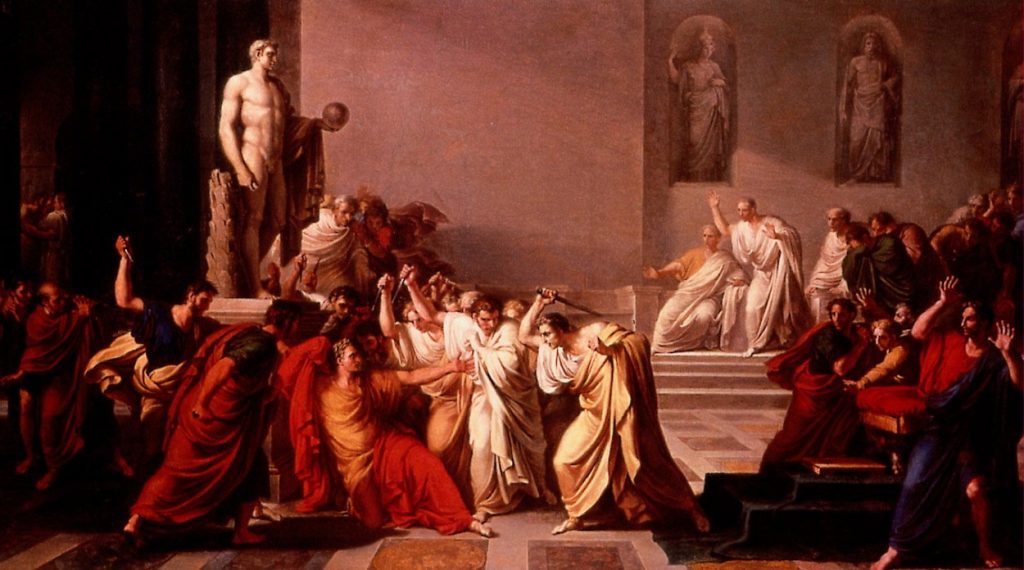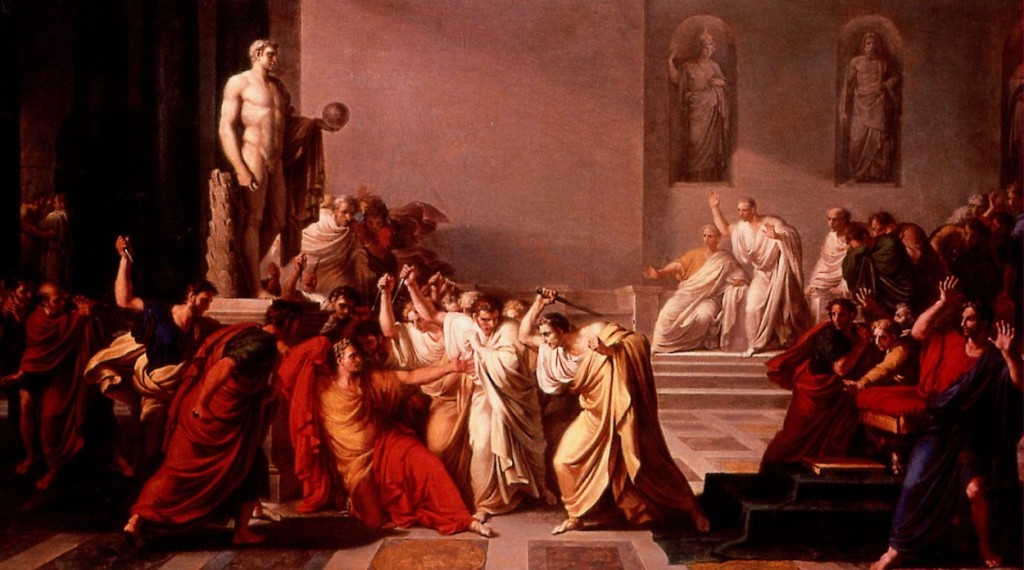Well, as it says in Shakespeare’s Julius Caesar, you’re supposed to beware them. But why? And what are they?
It’s one of the most dramatic—and foreshadowing—moments in all of Shakespeare. In Julius Caesar, a mysterious, frightening soothsayer tells Roman emperor Julius Caesar to “beware the Ides of March.” (Spoiler: He doesn’t beware the Ides of March, and he soon finds himself murdered.)
“The Ides of March” is just the ancient Roman way of saying “March 15.” The calendar the Romans used is much different than the one we use today, and boy was it needlessly complex. Months were centered around three landmark days, and all the other days were counted backward from those benchmarks. The first day of the month was called the Kalends. The Nones fell on the fifth day of the month, except in March, May, July, and October when they were on the seventh. The Ides came on the thirteenth of every month, except for in March, May, July, and October, when the Ides were on the fifteenth. Some examples: March 1 was the Kalends of March, March 3 was IV Nones, March 7 was Nones, and March 15 was the Ides of March.
But there was also really no reason for Caesar to beware the Ides of March. That’s because in ancent Rome, being afraid of the Ides of March was like someone day being afraid of New Year’s Eve or Easter. Each month the Ides were a sacred day, set aside to worship Jupiter, the top god in the Roman pantheon. The Ides of March, however, were also in honor of the goddess Anna Perenna and marked the official end of the weeks-long celebration of the new year. Romans ate, drank, and partied down on the Ides of March. (Well, except Caesar.)

What Are the Ides of March?








